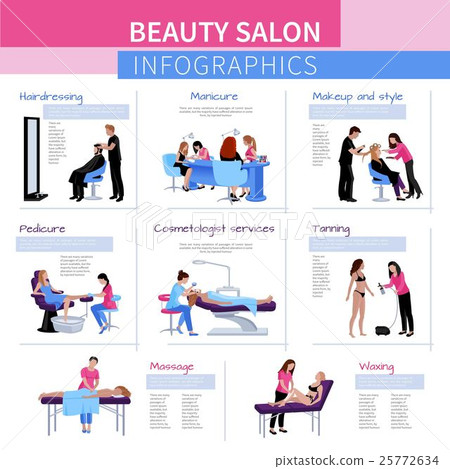The Fundamentals Of How To Find The Best Sports Massage Therapist For The Right Job
The Fundamentals Of How To Find The Best Sports Massage Therapist For The Right Job
Blog Article
The History of Sports Massage
Athletes of all levels depend on sports massage for a variety of reasons. From preparing the body for competition to alleviating pain and even helping the body expels toxins, it’s one of the best practices for athletes to keep their bodies performing at their peak level.
The modern history of sports massage began in 1924 when Finnish runner Paavo Nurmi, also known as the “Flying Finn”, won five Olympic gold medals and claimed that his special massage regimen was key to his success.
Origins
Interestingly enough, the term ‘sports massage’ has been applied to techniques that aren’t strictly sports related. For example some therapists will use Swedish Massage with deeper pressure and call it Sports Massage.
However, the practice of therapeutic sports massage dates back to ancient Greece and Rome, when it was used in conjunction with training for the early Olympic games. Galen, a Roman physician (AD 30-200), recommended massage for his gladiators both before and after exercise.
It wasn’t until 1924, at the Paris Olympics, that Paavo Nurmi of Finland brought his own personal sports massage therapist with him to compete in the marathon. He was able to win all five of his events by using the treatment between races. From then on, athletes realized the importance of having a professional sports massage therapist by their side. These therapists help prepare the body for competition, relieve muscle tension, reduce recovery time and help the body get rid of toxins.
Benefits
Aside from increasing flexibility, sports massage can also enhance recovery. It can help ensure proper alignment of collagen fibers and promote the movement of lymph and blood through the tissues, which is key for healing and reducing re-injury.
It can also help increase power, agility and speed while lowering the risk of injury by helping the muscles to contract and relax more efficiently. As a result, athletes are able to train harder and longer with less discomfort.
It can be useful for athletes before, during and after an event to help prevent injury as well as improve performance and increase recovery times. For example, a sports massage can help a runner address tightness and imbalances in the hamstrings and hip flexors that may contribute to poor running technique, shortening of stride length and fatigue in the muscles. In addition, it can help a weightlifter reduce forearm pain and stiffness to improve his ability to lift sports massage table for sale heavier loads.
Techniques
Massage is a common form of healing throughout history. Different civilizations used massage techniques to relieve pain and discomfort as far back as 8000 BC. The earliest record of sports massage is from Greece and Rome. Galen (AD 30-200) was a famous Roman physician who “prescribed massage for gladiators both before and after exercise.”
In 1924 the modern history of sports massage began, when Finnish runner Paavo Nurmi won five gold medals in the Olympics and claimed that the regular sports massages he received from his massage therapist helped him to improve his performance. From there on, sports massage became a regular part of the training regimen for professional athletes and later for college and amateur athletes as well.
Techniques such as effleurage (gliding), petrissage (kneading), tapotement (pounding), friction and vibration are all used during a sports massage. These and other methods can be combined into a personalized treatment to meet the specific needs of each athlete.
Certification
The benefits of sports massage have been recognized for centuries. It can enhance performance and recovery and prevent injuries. It also helps athletes prepare mentally for the games and alleviate pain, while enhancing circulation and expelling toxins.
In 1924, Finnish runner Paavo Nurmi won five gold medals at the Olympics and claimed that regular sports massage from his massage therapist had a major impact on his success. This led to the start of scientific explorations on the subject.
Continuing education courses are available for massage therapists who wish to specialize in sports massage. These classes explore a broader range of topics including pre- and post-event sports massage, cramp relief protocols and hydro/cryo therapy integration.